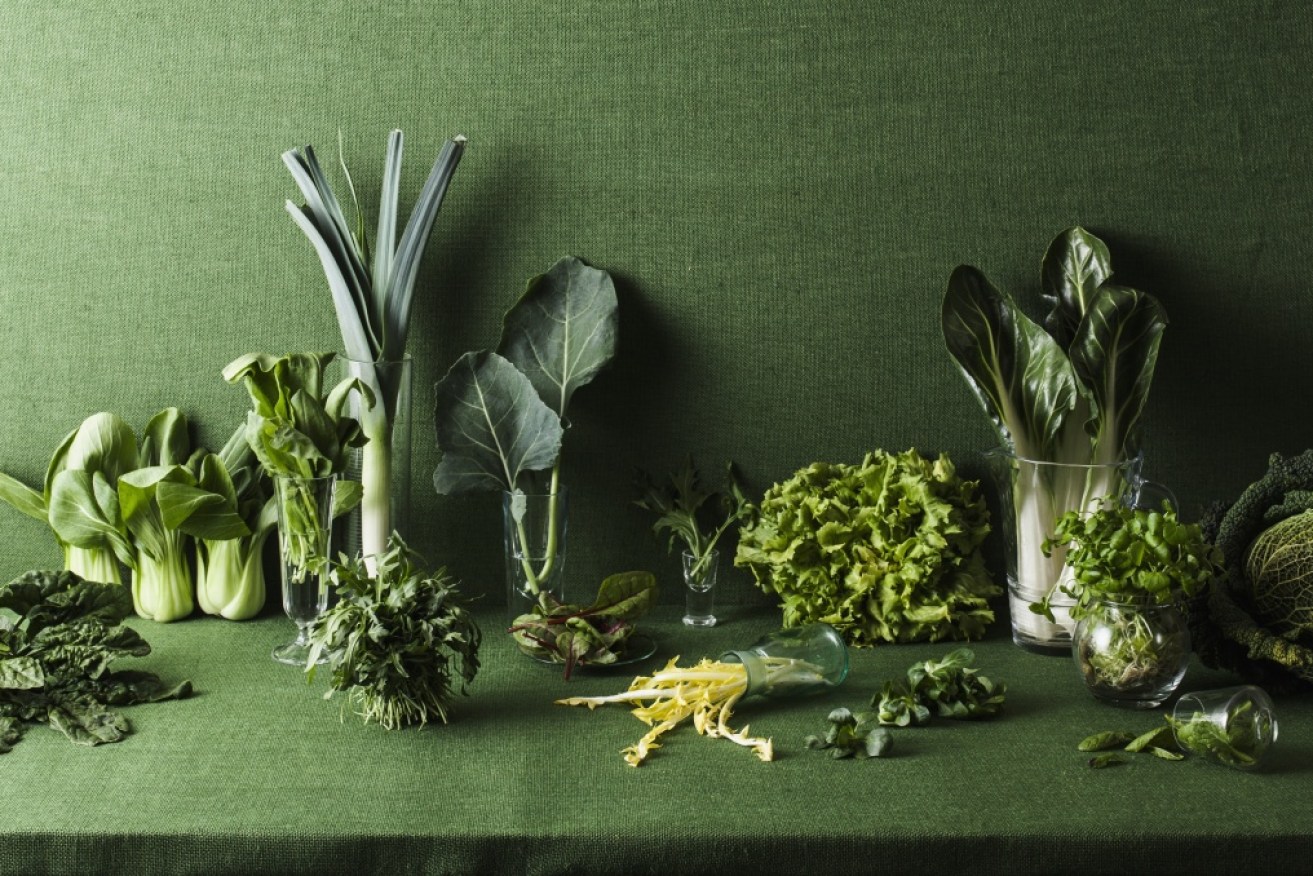Why superfoods aren’t all they’re cracked up to be


Green is good ... but so are foods that are red and yellow and blue. Photo: Getty
We’ve all heard plenty about so-called superfoods – things like kale, blueberries and acai berries – that are said to be so packed full of nutrients, vitamins and antioxidants that they are the dietary keys to good health.
But, being faced with yet another lunch of kale salad or your third serving of blueberries can be a little uninspiring, regardless of the endless list of health benefits they are said to offer.
It might be reassuring to learn then that superfoods aren’t all that they’re cracked up to be.
“Don’t expect one food to fix your health totally,” dietitian Aloysa Hourigan said.
“Try to meet the recommendations around five serves of vegetables a day – that’s the place to start for health.”

Good health is more about variety than eating particular foods. Photo: Getty
Superfoods are those foods with high amounts of particular nutrients, antioxidants (said to help prevent heart disease and certain cancers) or anthocyanins (which help with cognitive ability).
Common examples include berries, leafy greens (such as kale), citrus and salmon. Others on the list might be taken as supplements, sometimes in powdered or liquid form; they include acai and goji berries, flaxseed (or linseeds) and spirulina.
“Superfood is a pretty loose term,” Ms Hourigan said. “The way they’re assessed depends on what might be looked at and measured.”
Australian Dietary Guidelines recommend consuming five serves of vegetables and two of fruit each day. We are also advised to limit foods containing high amounts of saturate fat, added salt and sugars, and alcohol.
Ms Hourigan recommends taking a wider view of our overall diet to try to meet those guidelines.
“If you think you are going to get all your vegetables [for the day] in one meal, it’s hard,” she said.

Colour is key when it comes to getting the nutrients you need from vegetables. Photo: Getty
To help, we should aim for several colours in the food on our plates – orange carrots, green broccoli and red tomatoes, for example.
“What you’re really looking for in food is good variety, particularly when you look at vegetables,” Ms Hourigan said.
“Vegetables of different colours, and fruits too, offer different nutrients, antioxidants and phytochemicals.”
Bright and dark red fruits and vegetables are high in anthocyanins, for example, while lycopene is found in red and yellow foods (tomatoes, watermelons).
Beta-carotene (a valuable source of vitamin A) is also found in red and yellow foods, including carrots and pumpkin. Carotenoids are common in leafy greens such as kale, spinach and salad leaves (which are also good sources of vitamins A, C, E and K).
It’s also worth considering alternatives to the big-name sources of particular nutrients
“Blueberries are great, but they aren’t cheap,” Ms Hourigan said.
“You might also think about watermelon. It also has [anti-ageing antioxidant] lycopene and it’s much cheaper.”
Eating seasonally is another way to ensure variety – with the bonus of knowing you will be consuming foods at the peak of their nutritional content.
The New Daily is a media partner of the Women in Super Mother’s Day Classic, which takes place in 100 locations across Australia on Sunday, May 13, raising money for the National Breast Cancer Foundation to help fund breast cancer research. Registrations are open here.
